Don't wanna be here? Send us removal request.
Text
There's a moon crater (Abenezra) named after Abraham ibn Ezra, a Hebrew Bible commentator (second only in notoriety among Jewish communities to Rashi) and translator of numerous works on the sciences of his period. He wandered the world in poverty, translating Arab and Latin works into Hebrew and giving them to Jewish villages across Europe and the Middle East. Among other things, he is indirectly responsible for the concept of zero getting to the West from the Arab World, after his Hebrew works were translated into Latin. His journeys across Europe and the MENA, along with his poverty, have made him a common recurring motif in folk myths throughout the Sephardic World, with a poor stranger appearing in a village and being mocked, only to eventually reveal that he is the legendary Abraham ibn Ezra!
#sephardic#sephardic history#jewish#jewish history#astronomy#mathematics#math history#folklore#ibn ezra#crater
3 notes
·
View notes
Text
I don't want to wade into politics too much on this blog (I want it to focus more on Jewish history), but the fact that Hagee was allowed to speak at a Jewish organized event when no rabbis were is disgusting. I'd add dual loyalty accusations to their examples of "The Harm of Conflation," when it is assumed that all Diaspora Jews are Israeli citizens (such as one of the times Bernie ran for POTUS and an interviewer asked him about how his Israeli citizenship would effect his decisions as President... his Israeli citizenship that doesn't exist).
#AmYisraelChai #Jewish
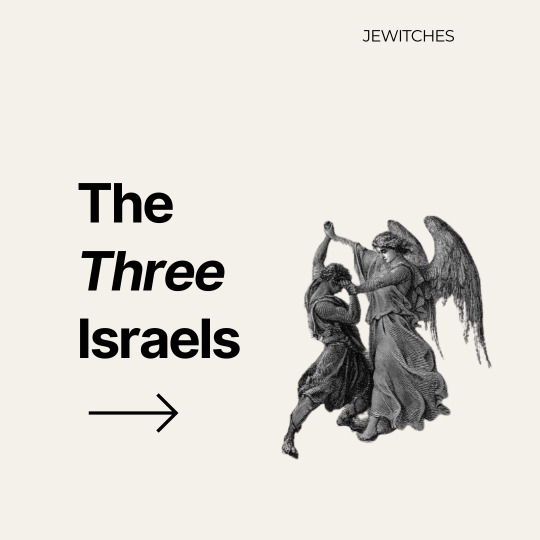

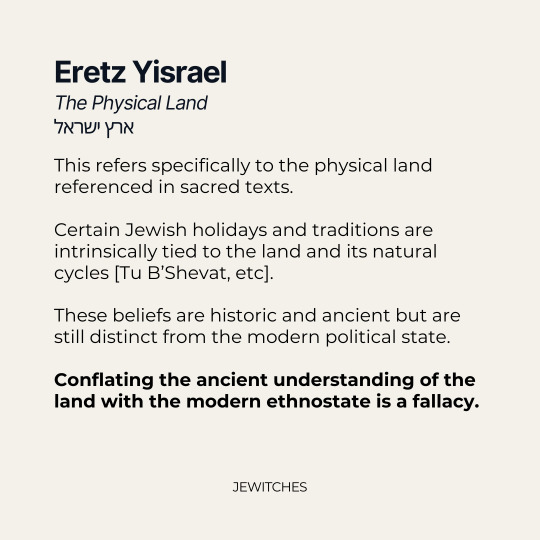
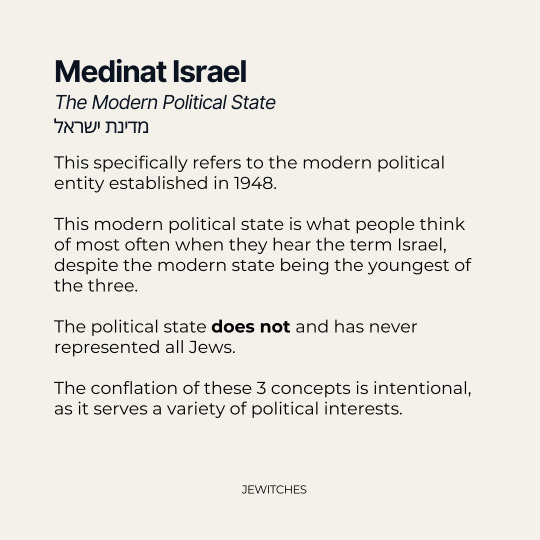
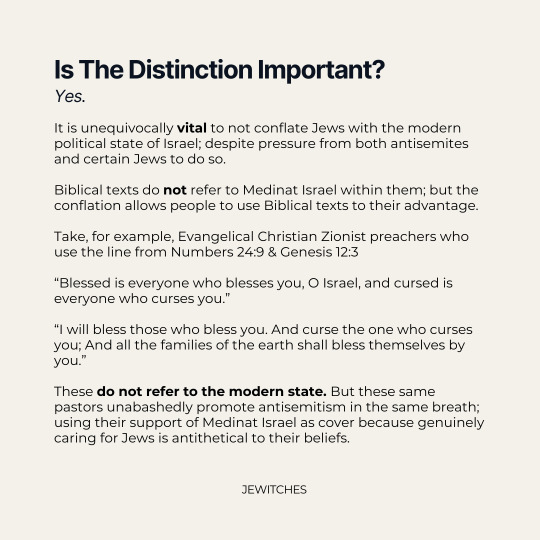

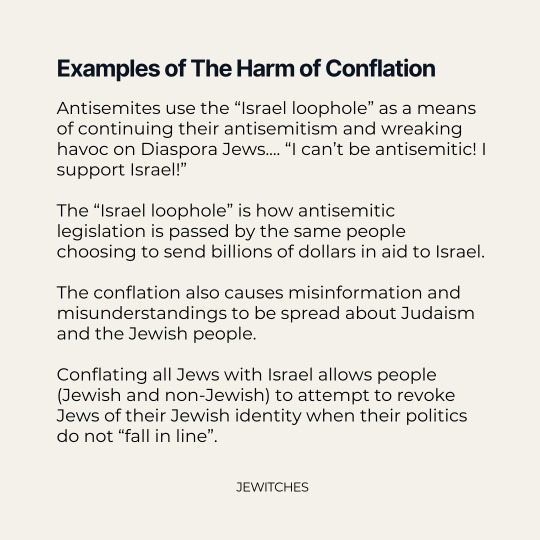
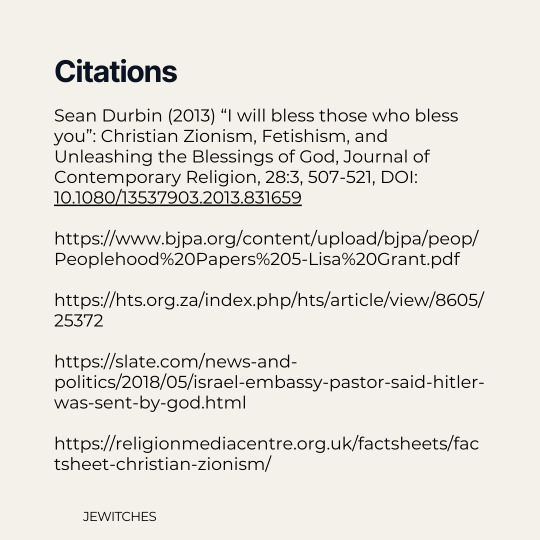

This post was voted on by our Patreon.
The first version of this was posted in 2020, back in the very start of our page. It was an important primer then and it is again now.
In any good English 101 course, you are taught to define terms before writing the rest of your paper. Understanding how misinformation is spread through conflation, confusion, and intentional ambiguity is vital and necessary.
As we have, in the last months, been exploring Christian Zionism on our page, we've seen the comments run into issues of confusion on this very topic.
8K notes
·
View notes
Photo
Pesach will be upon us in a couple of weeks, thought I'd share this interesting piece.

Why is this night different from all other nights? For the first Passover Seder, enjoy this c. 1900-38 Seder plate from Bohemia (present day Czech Republic) on view now in Scenes from the Collection. The Jewish Museum is open during Passover, and admission is free March 31 – April 1 and April 6 – 7. Learn more about Passover in the Jewish Museum collection.
875 notes
·
View notes